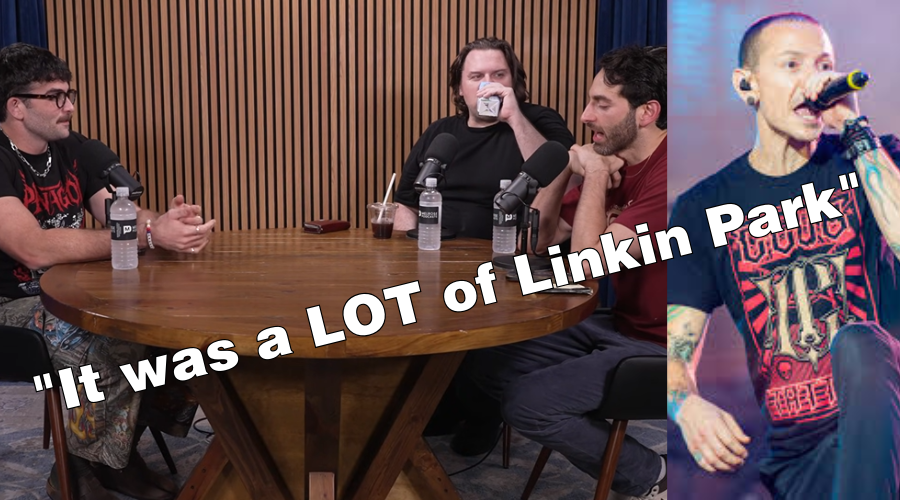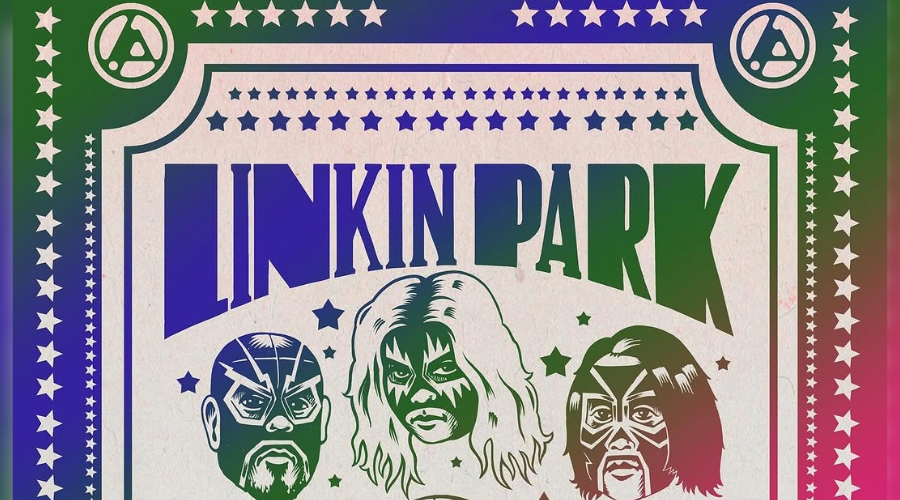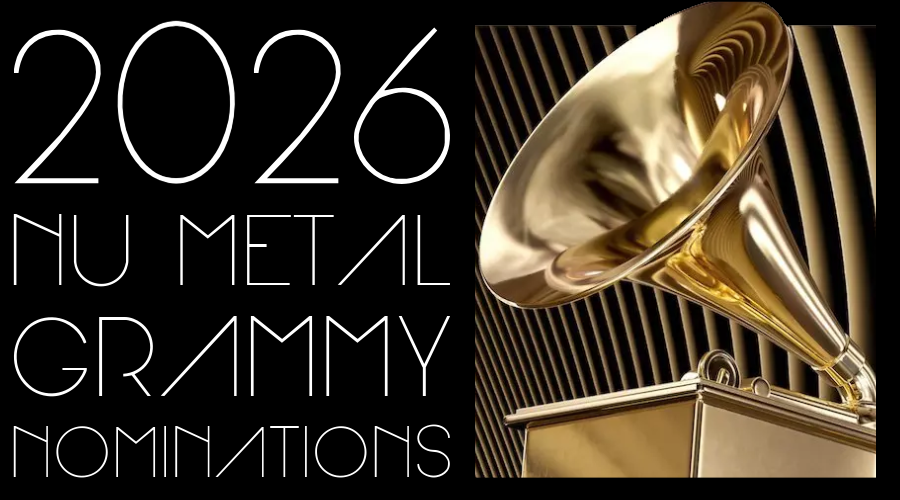It's weird… Reanimation is an album that generates a wide range of opinions, was met with mixed reviews, and is still on the top 20 best-selling remix albums of all time and remembered by some fans as cool, so all of that raises the question: was it a misunderstood experimental album ahead of its time, or just a way to buy time before the release of the next album?
For an album like Reanimation, the context is as important as the music. Reanimation was Linkin Park’s first remix album and it came out in 2002, between the release of their debut album Hybrid Theory (2000) and its follow-up Meteora (2003). Reanimation featured remixes of songs from Hybrid Theory, featuring artists from both the nu metal and the hip-hop scene at the time such as Jay Gordon (Orgy), Jonathan Davis (Korn), Chali 2na, Evidence, Pharoahe Monch, and Black Thought (The Roots). It's both absolutely insane and important to remember that when Linkin Park was at their peak of their powers, they used their sudden and newfound clout to get all of these folks under the same roof for the first, and sometimes only time.
A remix album is not a thing easily found on the metal scene, but it's a longstanding tradition for hip-hop artists, so the album perfectly mirrors Linkin Park’s intent to combine the metal and the hip-hop world in a 1:1 ratio; the "Hybrid Theory" that not only provided the name of their major-label debut, but the name of the band until they ultimately changed it to Linkin Park. Diving deeper into remix album territory, all the names of the songs have their characters shifted up so "In The End" becomes "Enth E Nd" and "Crawling" becomes "Krwlng."
Sonically, as you might expect, this is Linkin Park’s most hip-hop album. The remixes sample the original songs from Hybrid Theory and chop them up to create beats, sometimes with freshly recorded rap lines on top and usually breaking into a chopped version of the chorus, demonstrating that you can use the same bricks to build two completely different buildings. For example, "Pts. Of. Athrty" keeps the chorus of the original song with Chester Bennington’s voice drenched in reverb and a more digitally distorted version of the bass and guitar riff underneath.
Another important detail in the album is the altered lyrics, like in "Enth E Nd" where Mike Shinoda re-records the verse of "In the End" with new lyrics that form a conceptual sequel to the original. The same thing can be said about "Frgt/10," a song that's existed in some form since the band's 1997 pre-Chester Bennington demo under the name Xero. Shinoda's new vocals on "Frgt/10" are deeply tied to the version on Hybrid Theory, creating a new depth that gives the songs a fresh feeling that helps differentiate Reanimation from the band's debut while remaining strongly connected.
A good reading of Reanimation is to look at the album as an experiment perfectly aligned with Linkin Park’s mission to create a seamless hybrid between metal and hip-hop. This record gracefully bridges the gap between these two worlds and is a brilliant extension of their ground-breaking first album. And even though this album might not be for everyone, it’s filled with creativity. Better understood as a hip-hop approach to metal than a metal approach to hip-hop, Reanimation might be the perfect way for the uninitiated to connect with 2000s nostalgia and rediscover Linkin Park’s Hybrid Theory in ways you're not expecting.
Nu Metal Agenda may earn an affiliate commission via purchases on ticket links through this article.










